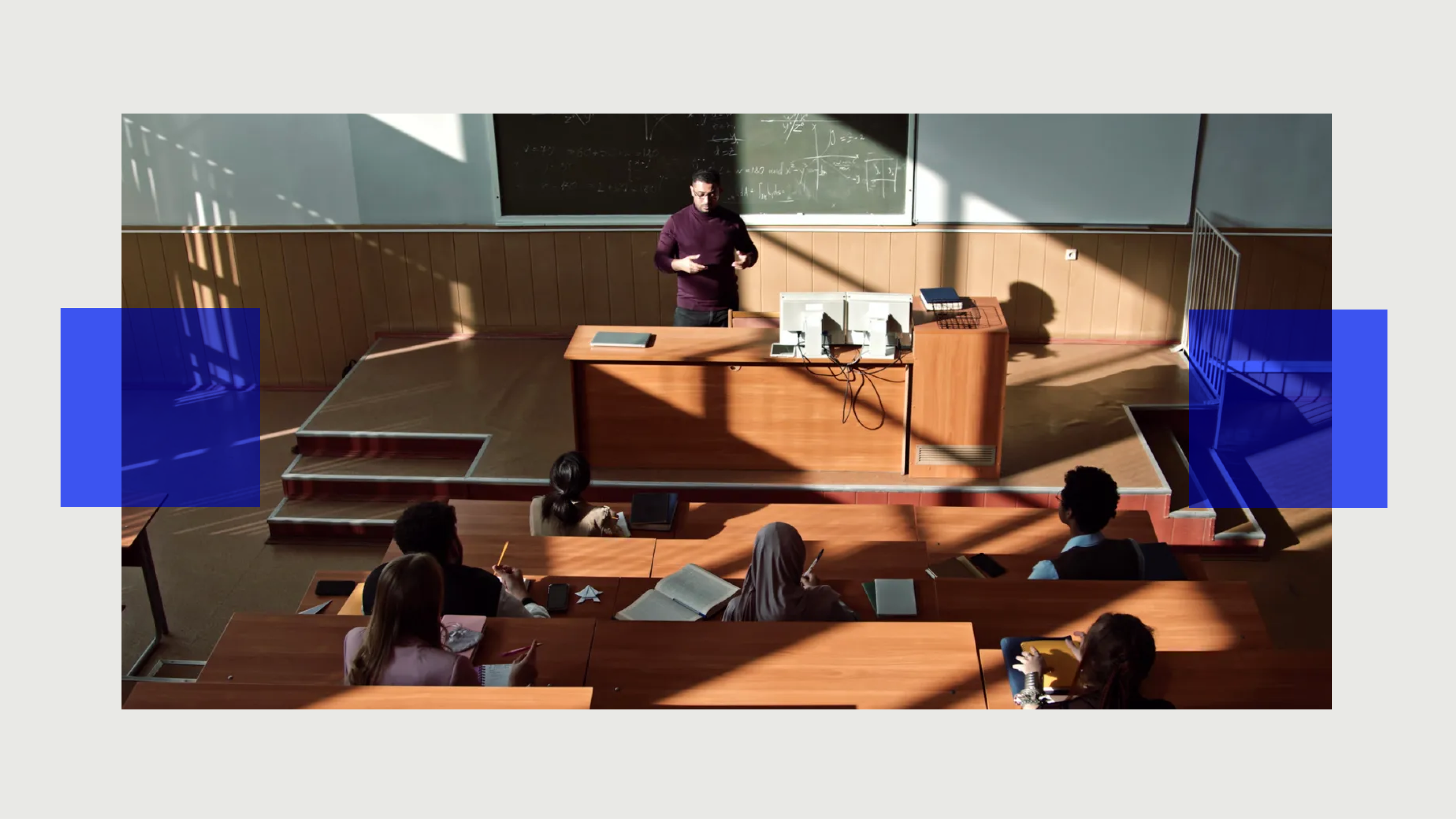The Buying and Selling of the Public Schools

Editor’s Note: Joanne Barkan is a writer for Dissentwho sees serious flaws in the “school reform” movement that went national with the 2001 enactment of the federal No Child Left Behind law. In the following excerpts from her article, “Hired Guns on Astroturf: How to Buy and Sell School Reforms,” she examines what happens when a public policy issue is turned into a moral crusade.
What’s the Big Idea?
If you want to change government policy, change the politicians who make it. The implications of this truism have now taken hold in the market-modeled “education reform movement.” As a result, the private funders and nonprofit groups that run the movement have overhauled their strategy. They’ve gone political as never before—like the National Rifle Association or Big Pharma or (ed reformers emphasize) the teachers’ unions.
Devolution of a Movement
For the last decade or so, this generation of ed reformers has been setting up programs to show the power of competition and market-style accountability to transform inner-city public schools: establishing nonprofit and for-profit charter schools, hiring business executives to run school districts, and calculating a teacher’s worth based on student test scores. Along the way, the reformers recognized the value of public promotion and persuasion (called “advocacy”) for their agenda, and they started pouring more money into media outlets, friendly think tanks, and the work of well-disposed researchers. By 2010 critics of the movement saw “reform-think” dominating national discourse about education, but key reform players judged the pace of change too slow.
Ed reformers spend at least a half-billion dollars a year in private money, whereas government expenditures on K-12 schooling are about $525 billion a year. Nevertheless, a half-billion dollars in discretionary money yields great leverage when budgets are consumed by ordinary expenses. But the reformers—even titanic Bill and Melinda Gates—see themselves as competing with too little against existing government policies. Hence, to revolutionize public education, which is largely under state and local jurisdiction, reformers must get state and local governments to adopt their agenda as basic policy; they must counter the teachers’ unions’ political clout. To this end, ed reformers are shifting major resources—staff and money—into state and local campaigns for candidates and legislation.
Jonah Edelman, CEO of Stand for Children ($5.2 million from Gates, 2003-2011), sums up the thinking: “We’ve learned the hard way that if you want to have the clout needed to change policies for kids, you have to help politicians get elected. It’s about money, money, money” (Wall Street Journal, November 3, 2010).*
* The ed reform movement comprises a large network of nonprofit organizations and consultancies whose funding comes mostly from private foundations. The Bill and Melinda Gates Foundation—with assets six times larger than Ford, the next largest foundation in the United States—dominates the movement. To give some sense of the interconnections and the scope of the colossal foundation, I note in parentheses the amount of money various groups have received from Gates.
The Great Political Opening
The Obama administration created the perfect opening for the ed reformers’ political strategy. The U.S. Department of Education stipulated that in order to win federal funds in the 2010 Race to the Top contest, applicant states would have to pledge to abolish limits on charter schools, legislate teacher and principal evaluations based in part on students’ standardized test scores, and fully implement statewide data-collection systems. The mandates spurred money-starved states to propose controversial new education laws. Candidates running for office—from state senator to local school board member—took sides. The ed reform organizations plunged into both legislative and candidate battles, ratcheting up the campaign spending and rhetoric, casting each contest as a battle for the future of the nation through public school reform (tales of the campaigns further on).
The movement’s market-modeled reforms have so far produced more failures than successes. Study after study throws into question the value of most charter schools, incessant standardized testing, and grading teachers or closing schools based on student test scores. The ed reformers’ drive to get new laws passed aggravates matters by making bad policy mandatory and more widespread. It is mindless micromanaging gone amuck.
Take the case of Tennessee, where 35 percent of every teacher’s evaluation is now based on standardized test scores. On November 6, 2011, the New York Times reported that no tests exist for over half the subjects and grades, including kindergarten, first, second, and third grades, art, music, and vocational training. So state officials ruled that a school’s average scores for another subject and grade will be used for teachers without student scores. For example, fifth-grade writing scores will be plugged into, say, a first-grade teacher’s evaluation. In addition, teachers can choose the plug-in subject themselves for 15 percent of the 35 percent. This means they have to bet on which classes will produce the highest scores. A travesty? Not for the ever-ready boosters of the ed reform movement, including the New York Times editorial page. The Times offered this judgment on November 11: “…political forces [in Tennessee] are now talking about delaying the use of these evaluations. State lawmakers and education officials must resist any backsliding.” Anything goes as long as it’s stamped “ed reform.”
A summary critique of the reform strategy comes from Frederick Hess, director of education policy at the conservative American Enterprise Institute ($5.2 million from Gates, 2003-20011) and executive editor of Education Next (sponsored in part by the Thomas B. Fordham Foundation, $4.2 million from Gates, 2003-2009). Hess swears allegiance to market-based reforms but often criticizes the quality of his allies’ actual work. This is from his November 16, 2011 blog post on Education Week ($4.6 million from Gates, 2005-2009):
By turning school reform into a moral crusade, in which one either is, to quote our last President, “with us or against us,” would-be reformers wind up planting their flag atop all kinds of half-baked or ill-conceived proposals….Would-be reformers insist that overshooting the mark with half-baked proposals is actually a strategy, because that’s how they’ll cow the unions and change the culture of schooling. Indeed, they think concerns about program design are quaint evidence of naiveté.
Chipping Away at Democracy
Yes, the policies of ed reformers are wreaking havoc in public education, but equally destructive is the impact of their strategy on American democracy. From the start, the we-know-best stance, the top-down interventions at every level of schooling, the endless flow of big private money, and the imperviousness to criticism have undermined the “public” in public education. Moreover, the large private foundations that fund the ed reformers are accountable to no one—not to voters, not to parents, not to the children whose lives they affect. The beefed-up political strategy extends the damage: the ed reformers (most of whom take advantage of tax-exempt status) are immersing themselves in the dollars-mean-votes world of lobbying and campaigning.
The Supreme Court decision in Citizens United (January 2010) and a related federal appeals court ruling in SpeechNow.org (March 2010) created loopholes for nonprofit organizations that effectively abolish all limits on campaign contributions. Ed reformers exploit the new legal framework exactly like other political operatives….
Wary of Politics? Get Over It
On May 12, 2010, six reform leaders made their pitch to a roomful of funders, consultants, and staffers of nonprofits at the annual “summit” of the New Schools Venture Fund. The panel was called “Political Savvy: Guidebook for a New Landscape.” Speakers included executives from Green Dot Public [charter] Schools (Gates, $9.7 million, 2006-2007), Bellwether Education Partners (Gates, $951,800 in 2011), Hope Street Group (Gates, $875,000 in 2008-2009), Stand for Children (as noted above, $5.2 million from Gates, 2003-20011), Democrats for Education Reform (a PAC), and the Eli and Edythe Broad Foundation (one of the largest ed reform funders, nonetheless a Gates grantee, $3.6 million, 2010).
Stand for Children’s Jonah Edelman—who has turned his nonprofit into a political machine with prodigious fundraising capability and offices in eleven states—articulated the afternoon’s main themes: “We’re not using money for political purposes almost at all in this movement. If one percent of the money that’s going into charter schools went into politics and elections in the support of education reform, we would end up with way more progress for the movement.” Later, he exhorted, “And if you search your heart and you feel uncomfortable using certain tools, get over it.” He also addressed the legal issue: “It really needs to be ‘by any means necessary,’ and you can do a lot legally. What you can’t do legally in terms of electioneering, that’s where partnerships come in.” Joe Williams, executive director of Democrats for Education Reform (another robust political outfit with affiliates around the country), offered more specific advice: “Find more creative lawyers. We need them [ed reform nonprofits] to fire all of their lawyers that tell them ‘no’ all the time, if they have traditional 501(c)3 lawyers….”
Another of Williams’s comments reveals what is so misguided about this brand of education reform: “I think charter schools should be paying advocacy organizations for their advocacy work out of their per pupil dollars. If you think of running a school as running a business, any sound business is going to allocate right off the bat a certain percentage of their funding towards lobbying, advocacy work.”
Why think of running a school as running a business? Striving for efficiency is one thing—a good thing in many human endeavors, including school administration. But the analogy doesn’t hold beyond that: a school’s “bottom line” is not measured in dollars of profit; it shouldn’t waste resources on winning “market share” away from other schools. And why should charter schools pay for advocacy out of per-pupil dollars? Those are taxpayer dollars meant for those children’s education; the students “carry” those dollars away from a regular public school and give them to a charter school.
Williams’s position is self-serving: the per-pupil “fee” for advocacy would go to him and others among the multitude of salaried ed reform advocates. This problem of self-interest goes far beyond dunning kids for advocacy dollars. The ed reform movement has turned itself into an industry—an industry made up of scores of nonprofit groups of every size that operate locally, statewide, and nationally. They employ hundreds of people, many at high salaries (Williams’s 2010 salary was over $265,000); they rake in money from private foundations, wealthy individuals, and government. (As critics note, George Bush’s signature ed reform program, No Child Left Behind, quickly became No Consultant Left Behind.) The nonprofit ed reform industry has a growth model: the more of its agenda that becomes law, the greater the demand for personnel to design, implement, study, and revise government mandated programs. To opponents, this looks like a racket. For ed reformers, it’s only, and always, about “helping children.”
What’s the Significance?
A strong democracy requires a public education system, one that is excellent throughout and open to all. The United States failed even to aim for this standard until the 1954 Brown v. Board of Education Supreme Court decision outlawed racial segregation in schools. Since then, since the Civil Rights Act of 1964, and since the Elementary and Secondary Education Act of 1965 (which directed federal funds to low-income schools), the nation has made progress toward access and excellence. Too slowly, of course, but progress nonetheless (see Richard Rothstein’s March 8, 2011 analysis for the Economic Policy Institute). Ed reformers ignore the data, claiming that poor and minority children are no better educated now than thirty or forty years ago. In fact, progress has slowed only in the last decade, since No Child Left Behind was implemented and the reform agenda gained traction. Other factors may play a role, but the ed reformers certainly haven’t improved progress.
The line of battle for the future of public education is clear. Allied on one side are free-market zealots in the business community, pro-voucher social conservatives, and this peculiar breed of reformers whose political movers are often wealthy, private-school educated, white, male, and under the age of fifty. They are the junior plutocracy, strivers whose do-good goal twenty years ago would have been a seat on the board of the municipal art museum. They are typically clueless about public education. On the other side are public school students, their families, their teachers, and believers in the link between democracy and public education. The first side has money, powerful political connections, and an infrastructure of nonprofit organizations with paid staff. The other side has this: the ability to become a true grassroots movement. This looks like an unequal contest. But with sustained effort, citizen activists at the grassroots can trump hired guns on astroturf.





